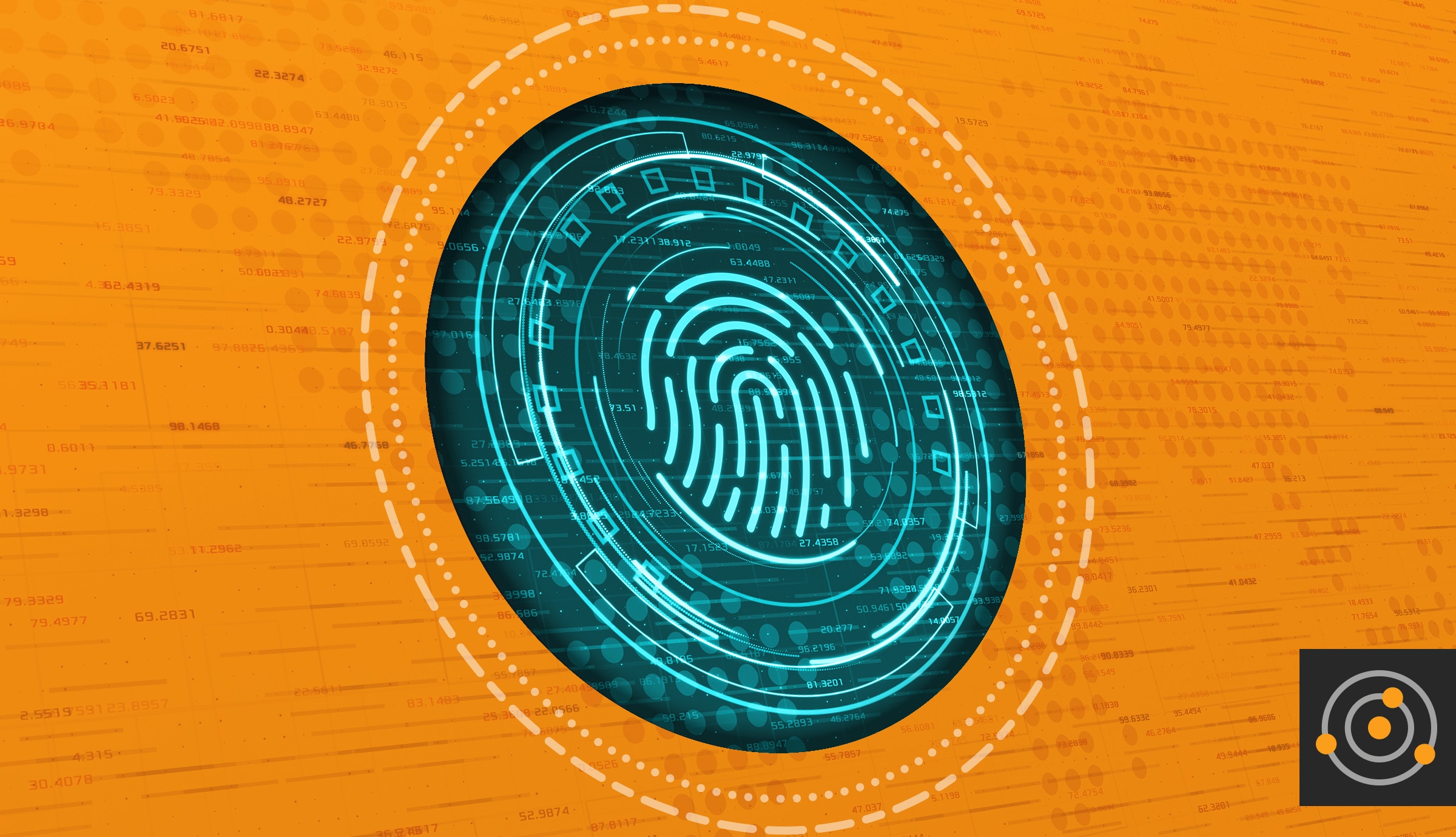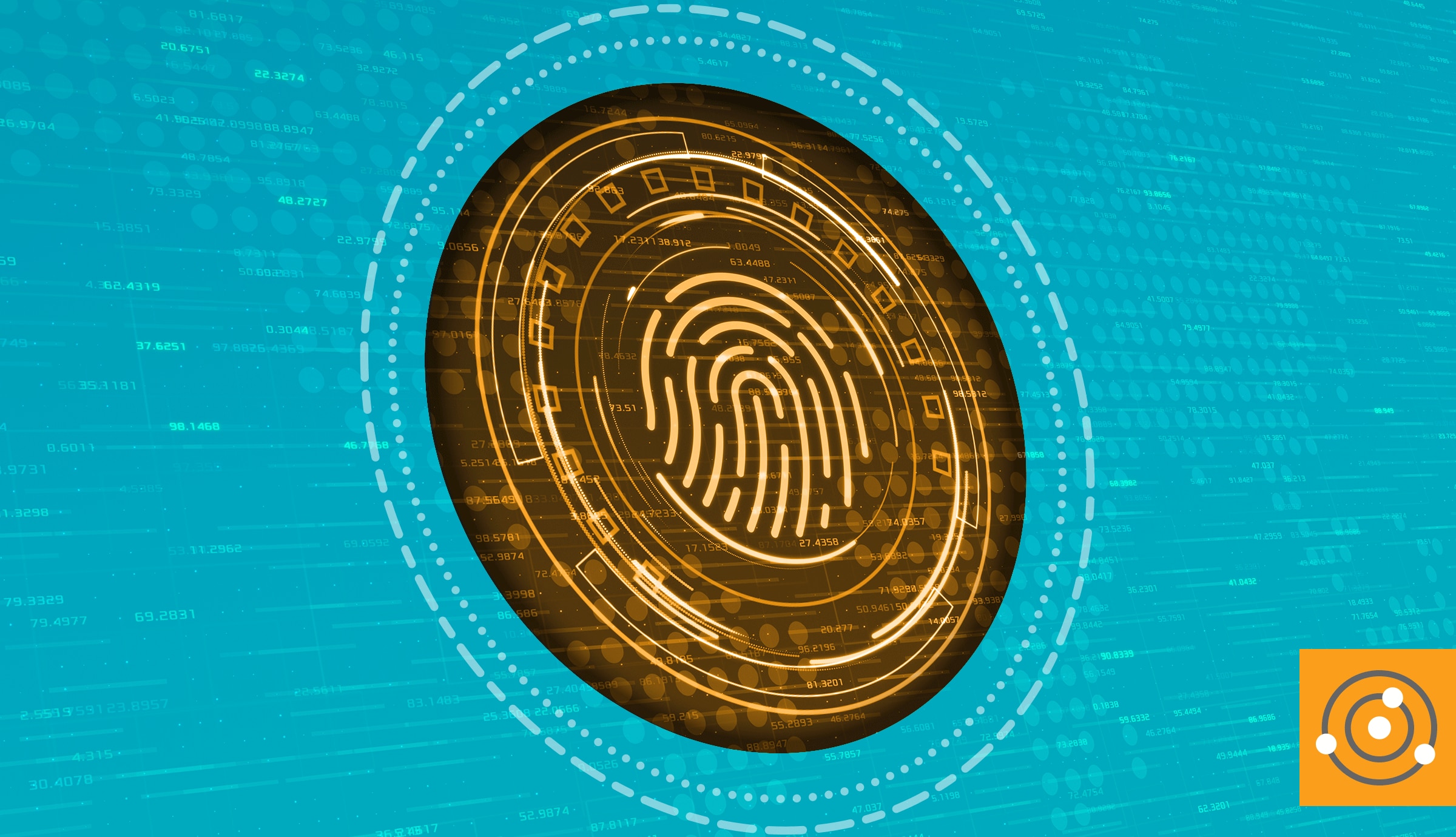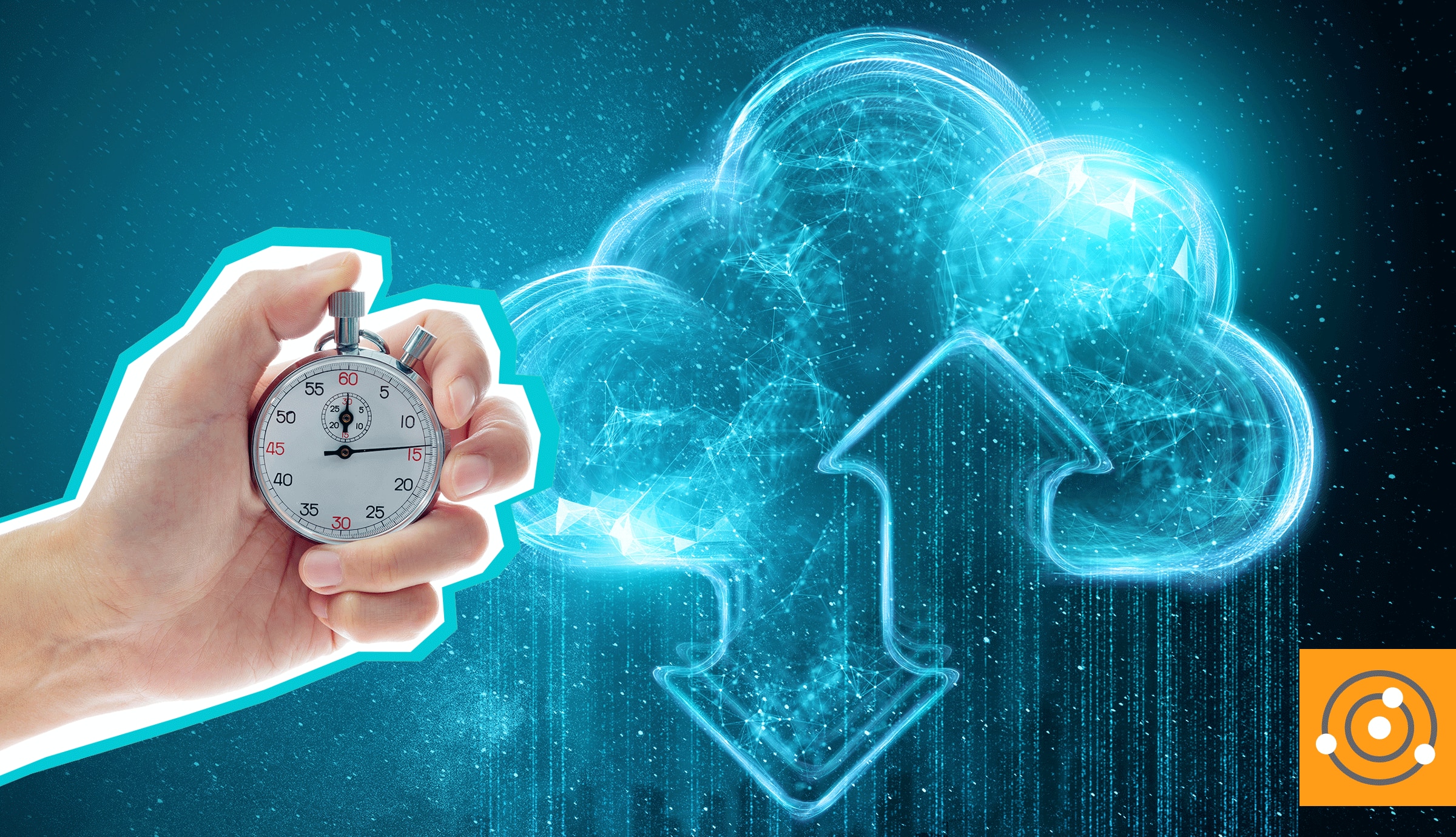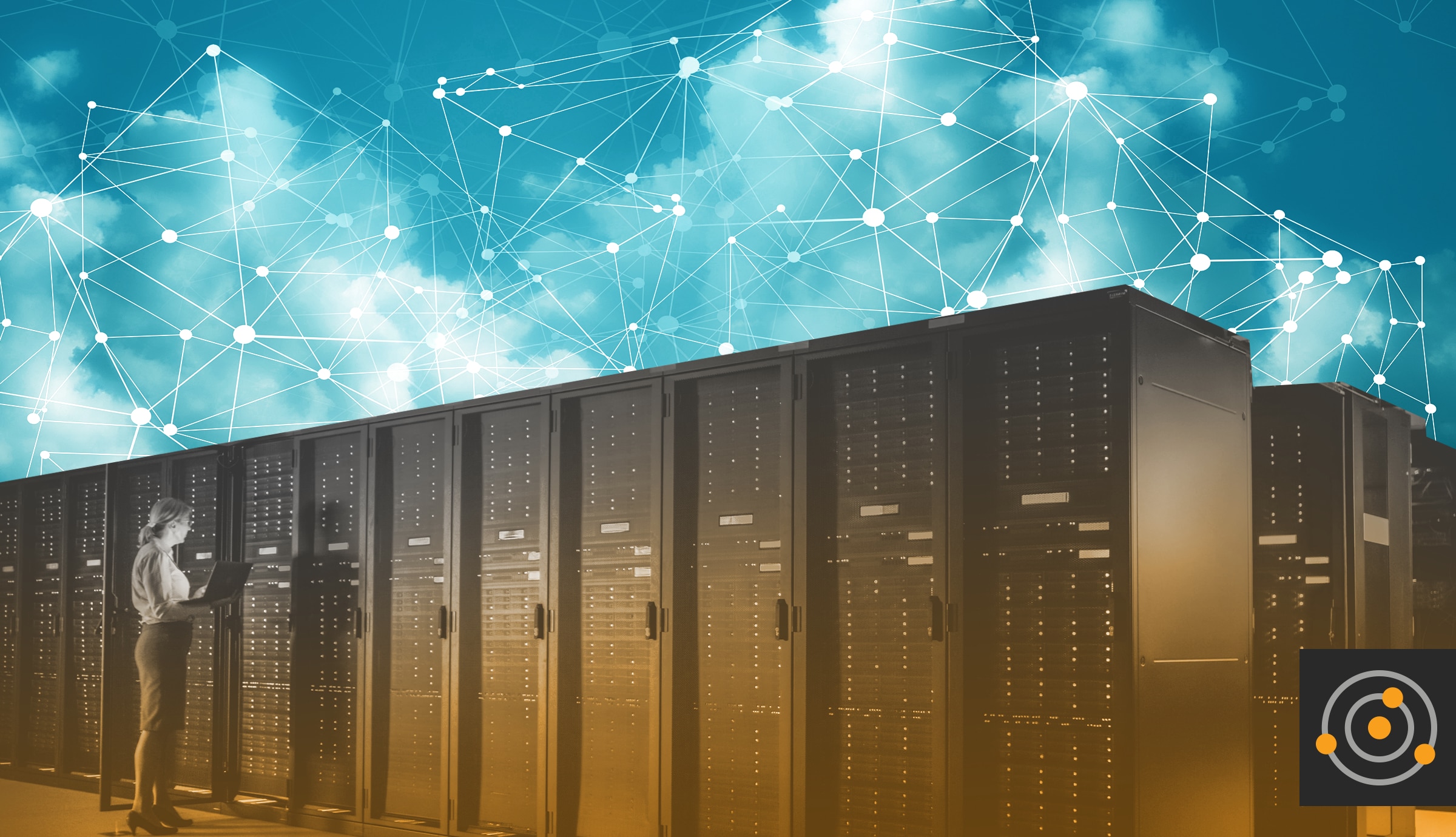Supporting legacy applications is problematic for several reasons. These aging systems are becoming increasingly obsolete and difficult to maintain. They use outdated software languages and unsupported hardware parts—some as much as 50 years old. As they age, they introduce cybersecurity risk and are less effective at accomplishing their intended purpose.
While achieving application modernization isn’t without its challenges, the benefits are considerable. Here are five best practices to follow when developing your strategy.
1. Identify Mission-Critical Applications
First identify high-value assets and consider how you would benefit from improved scalability, performance, security, and reliability.
Be clear about what each application does, the problems and opportunities it addresses, its maintenance costs, and how it could benefit from modernization. From there, drill down into application specifics, such as how the service is delivered, who leverages it, and the capabilities and limitations of the technology. Hard data can help with these insights, but it’s also important agencies get input from stakeholders.
With this information, leaders can make explicit decisions about which applications to invest in and then drive the initiative from the top down—linking modernization goals and priorities to mission outcomes.
2. Consider Available Resources
Application modernization is both a technical and cultural challenge, and successful strategies must account for both.
To guide transformation efforts, agencies should identify leaders who possess a granular command of the application and its interdependencies, including what the application is, how it works, what it connects with (databases, storage, network, or other applications), and how it’s maintained over time.
Skillsets within the development team should also be considered. A keen understanding of modern application development methods and how IT can support the mission is essential.
3. Decide How to Approach Modernization
Responses can range from adding new features to the existing architecture to ensure it better aligns with the needs of end users, to completely retooling and reconstructing the infrastructure. With the help of containers, modern application stacks, microservices, and the cloud, it becomes easier to develop, deploy, manage, and scale today’s government applications to better meet demand.
Consider recent examples such as
technical glitches at the Small Business Administration during the rollout of the agency’s COVID-19 Paycheck Protection Program. Application modernization and cloud migration can address challenges like this by enabling applications to scale elastically and adapt to changing workloads.
4. Track Performance Improvements
After the initial modernization phase is complete, the ability to monitor infrastructure and applications, down to the code level, is critical to ensuring application performance. Modernized infrastructure and applications have numerous breakpoints.
Agencies need tools to help them achieve full-stack monitoring from the infrastructure to the end-user experience across both legacy and cloud environments. Measuring application performance also helps pinpoint where additional optimization can help.
5. Plan for Process Change
There are many examples of agencies excelling at application modernization, However, as the GAO uncovered in its 2019 report, most agencies lack complete plans to modernize their legacy systems.
Successfully modernizing application infrastructure is possible if agencies are meticulous about their plans and the problems they’re trying to solve. The resources are there, yet agencies are often handcuffed by process issues. By looking to their peers, adopting best practices, and pairing people who develop the code with those who understand the mission, agencies can open the floodgates to modernization and build systems that are efficient, scalable, and enhance mission outcomes.
Find the full article on
GCN.







